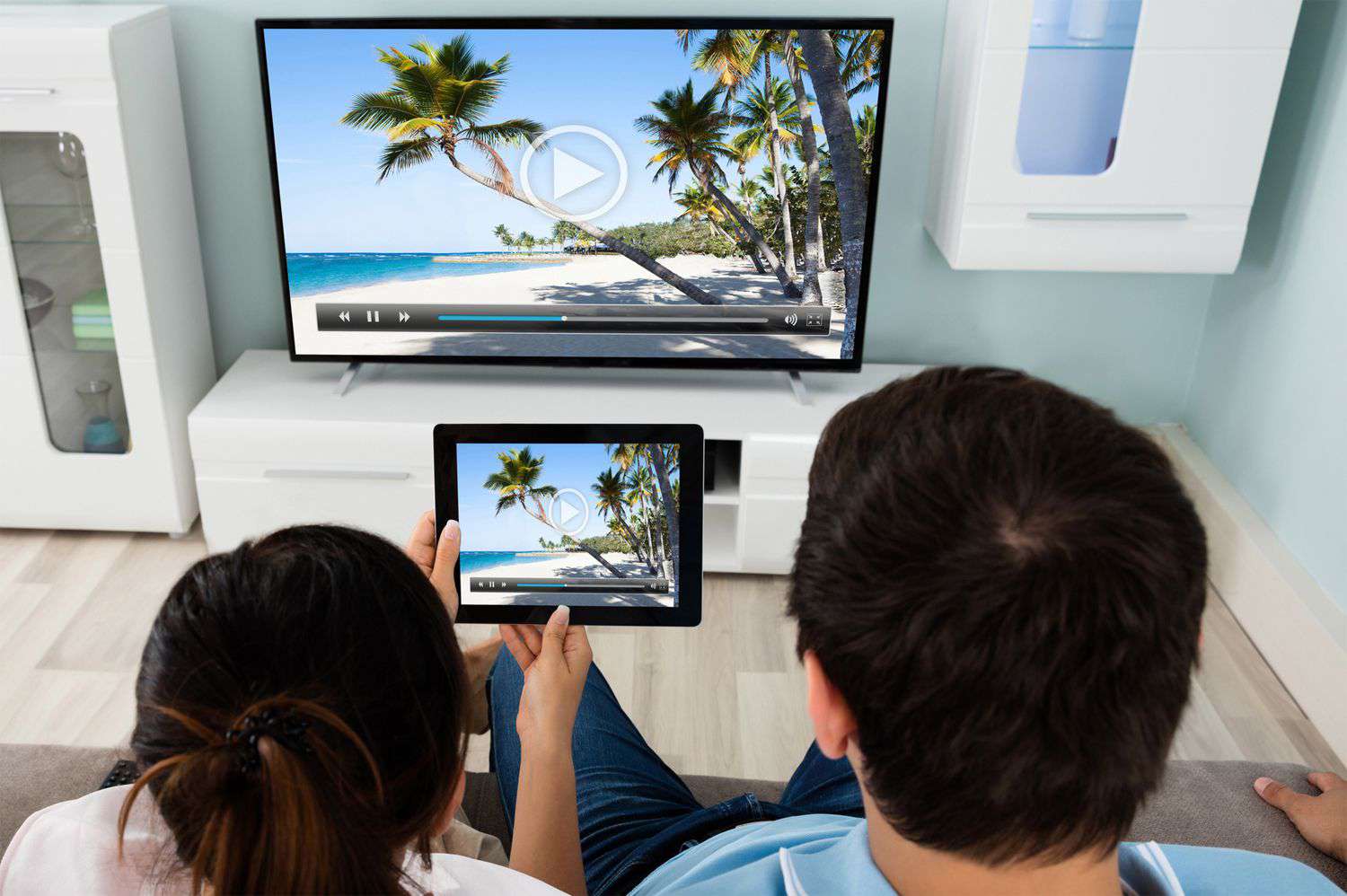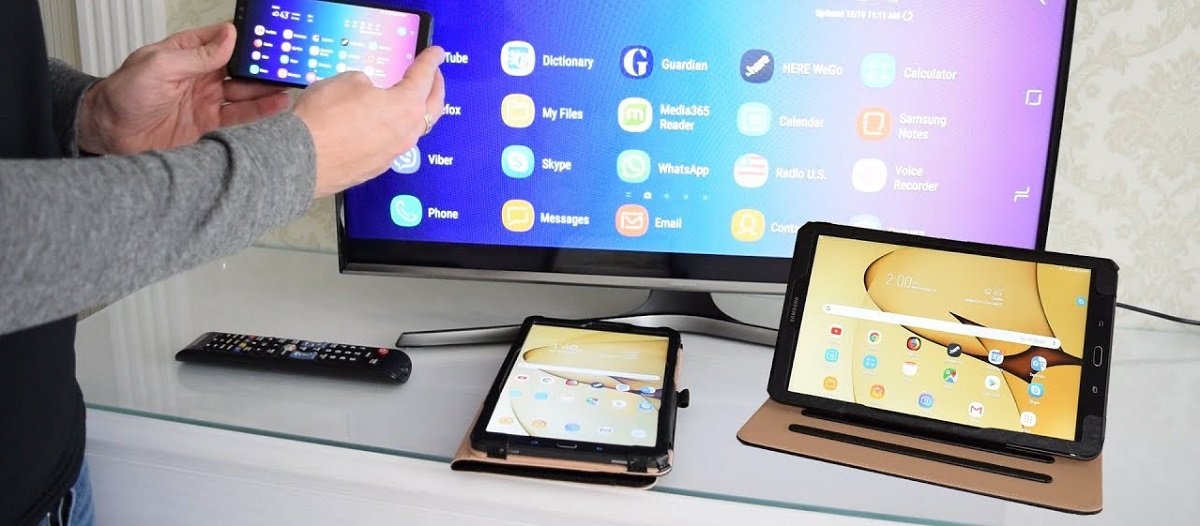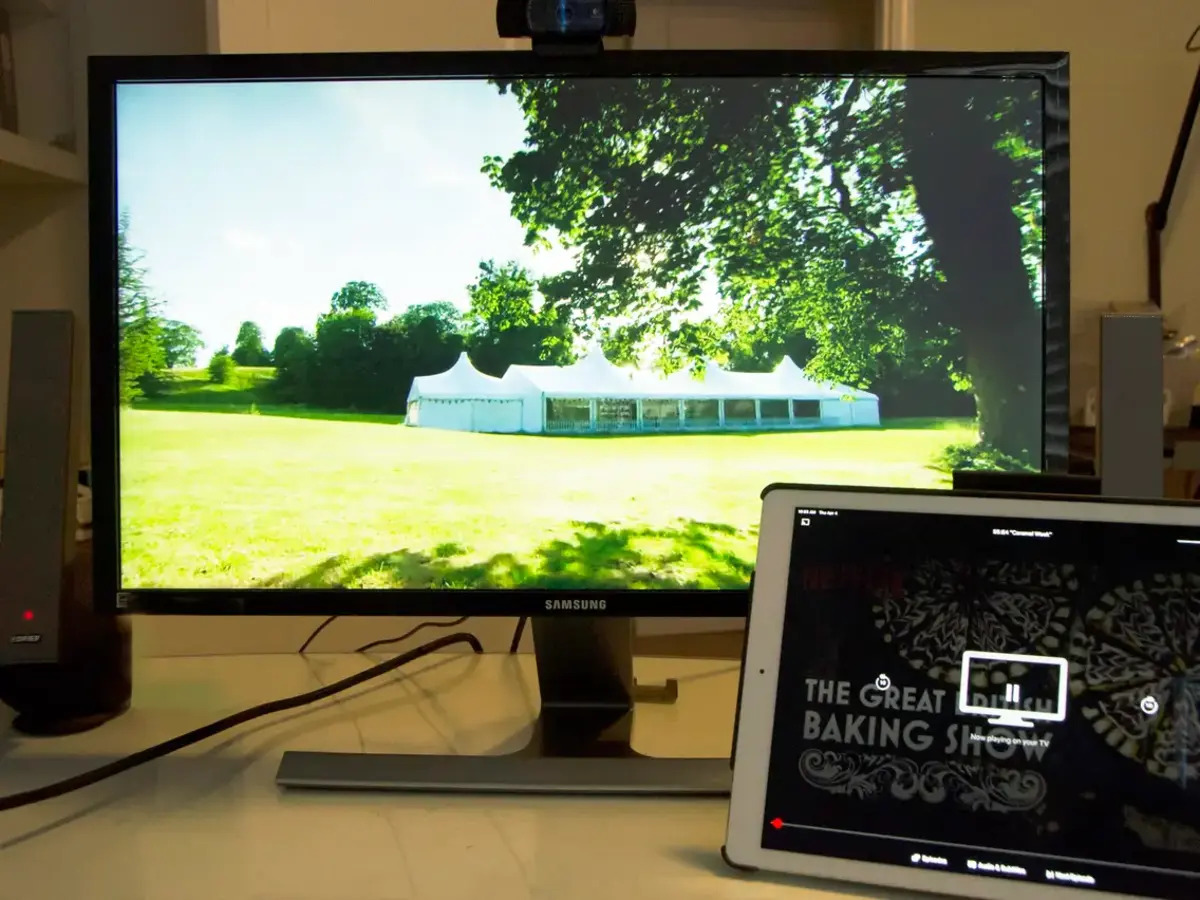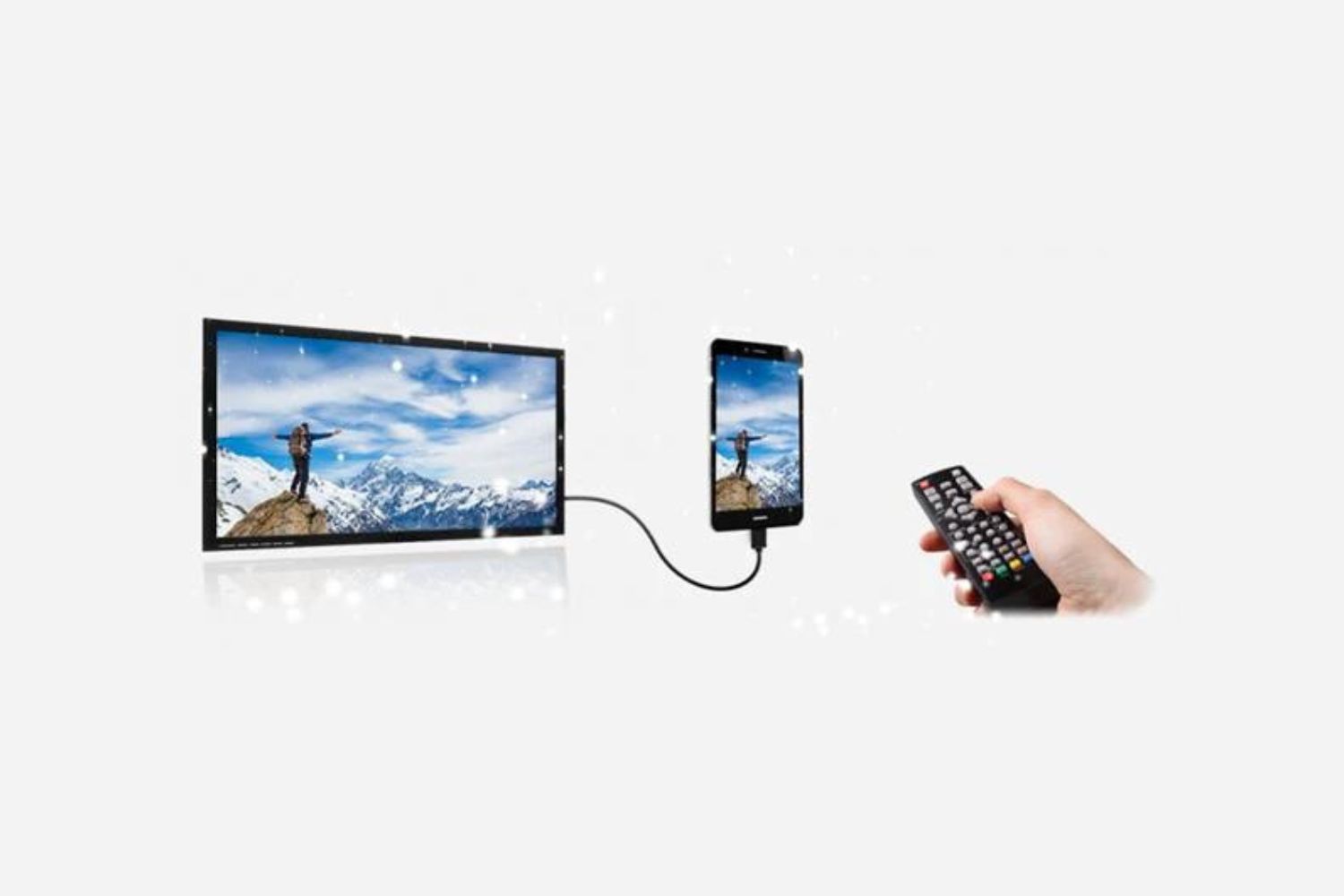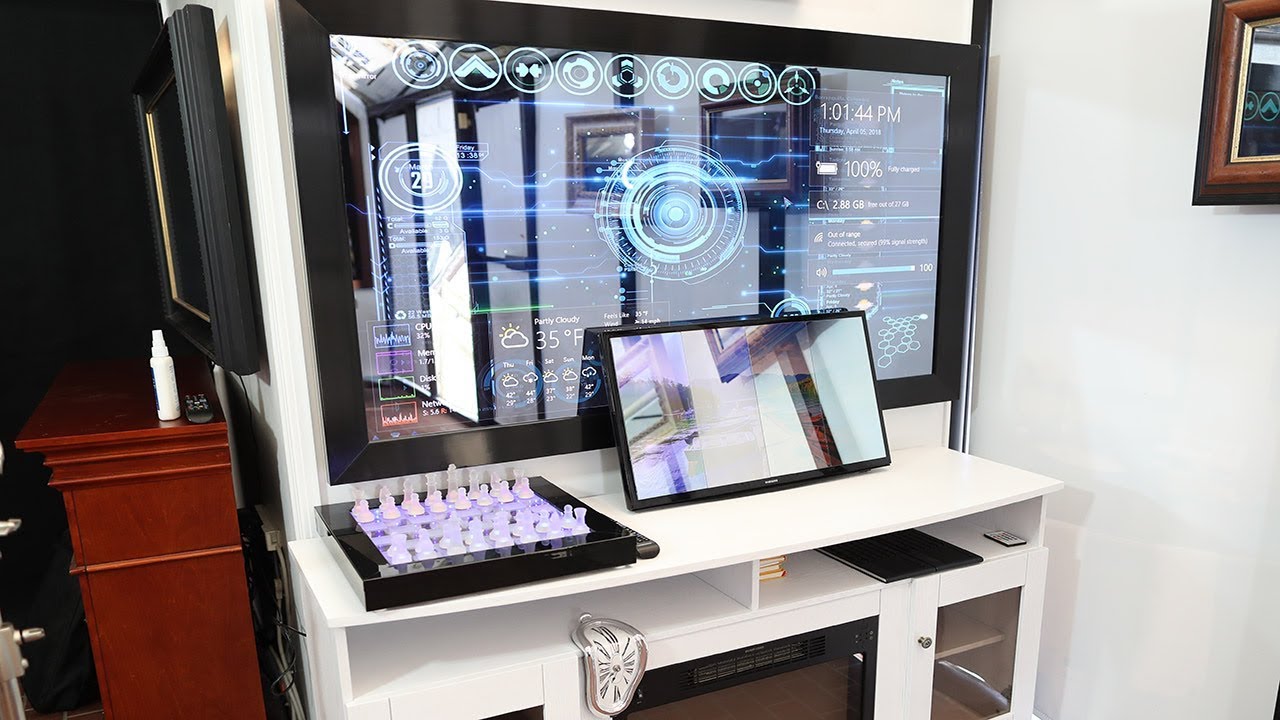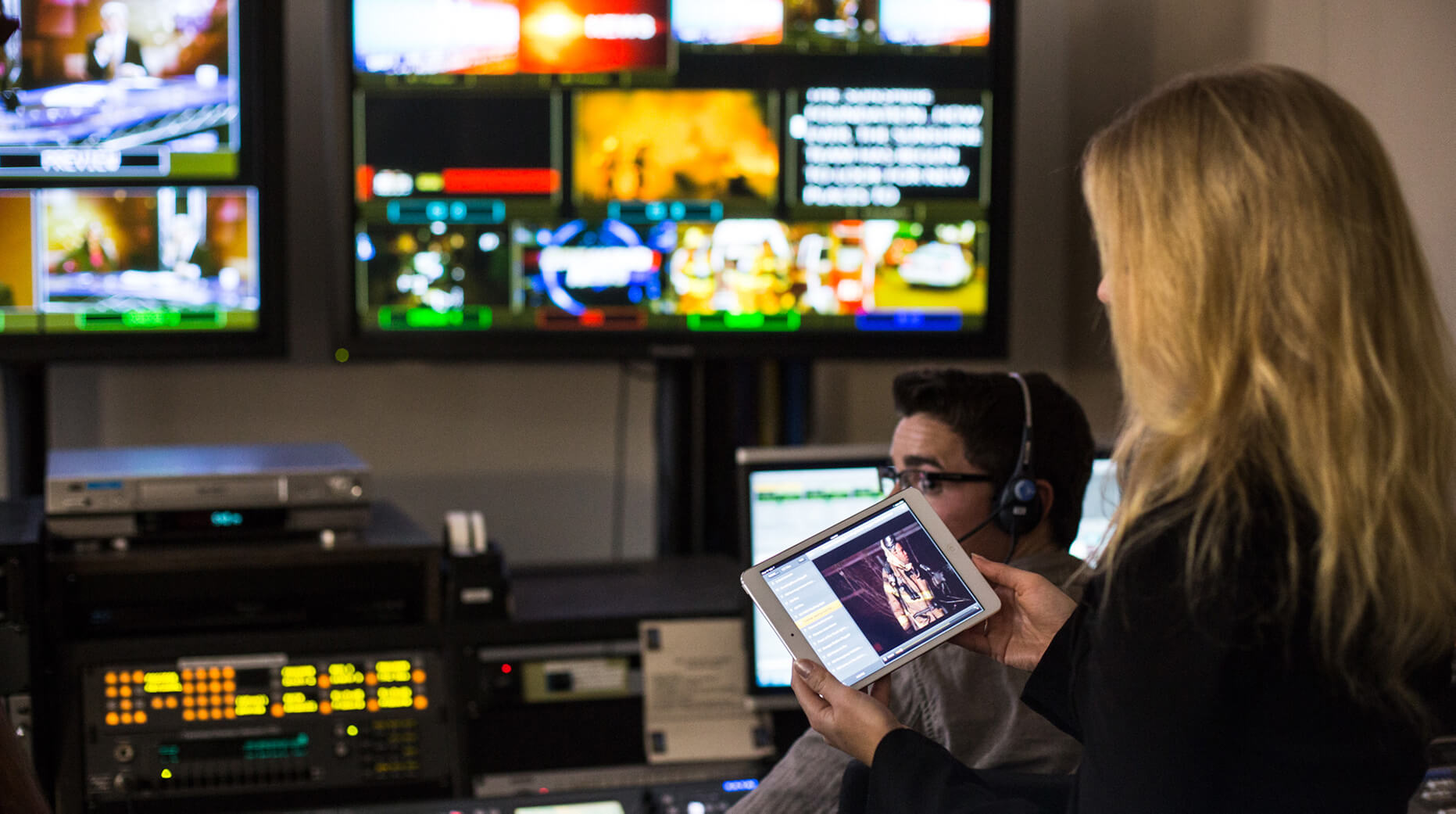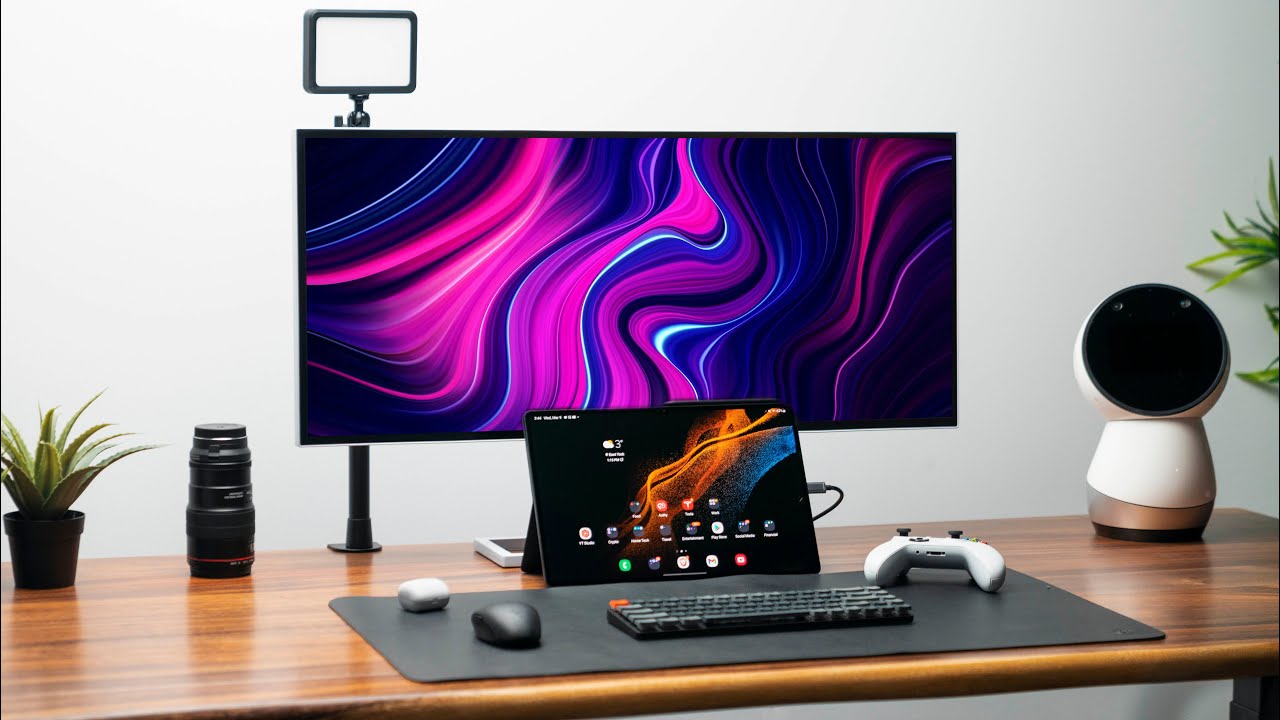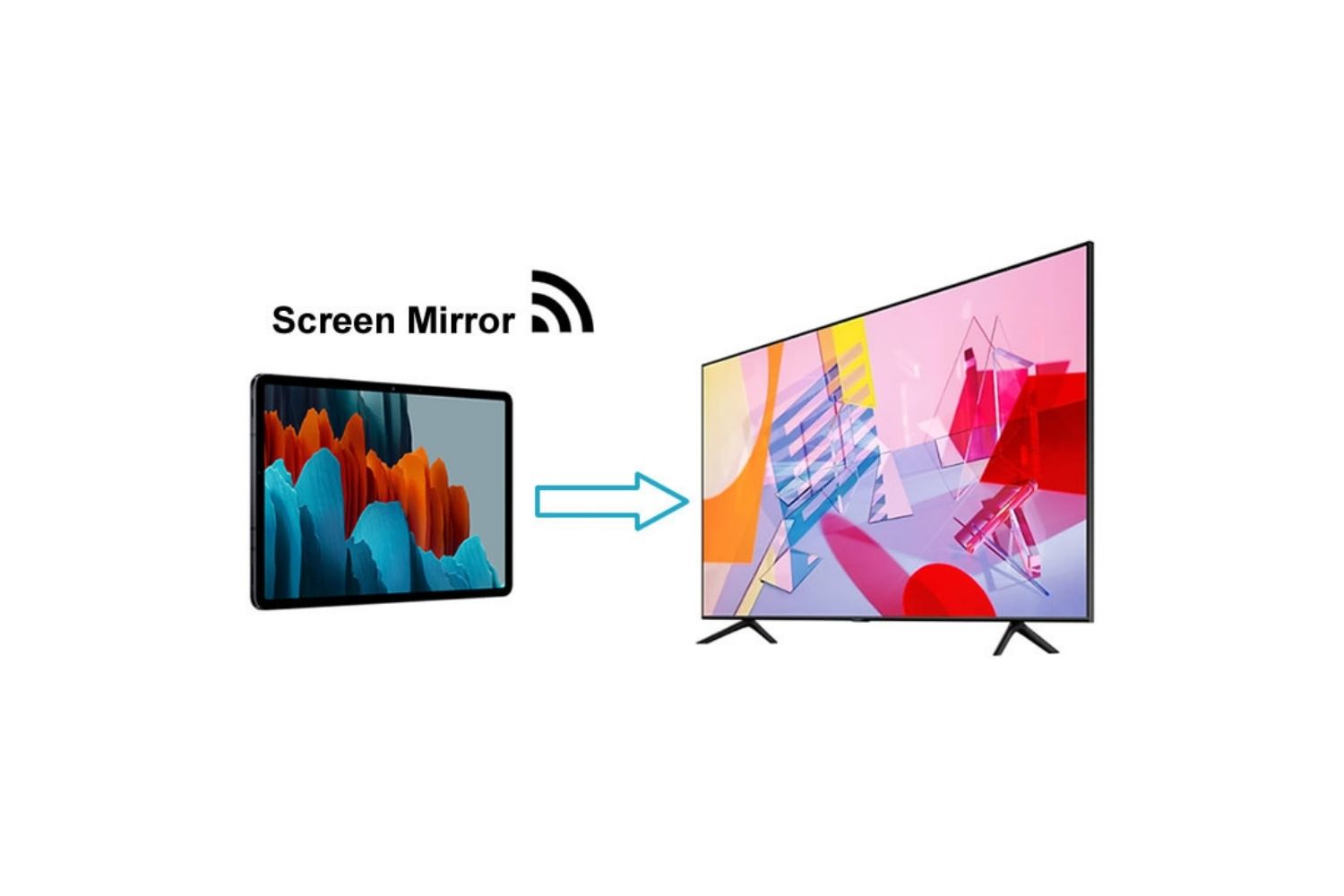Introduction
Tablets have become an integral part of our lives, offering convenience and portability in a compact device. Whether you want to enjoy your favorite movies, stream videos or share photos with friends and family, connecting your tablet to your TV wirelessly can enhance your viewing experience. Gone are the days of fumbling with cables and connectors – now you can easily mirror your tablet’s screen on the big screen.
In this article, we will explore various options to connect your tablet to your TV wirelessly. No matter what type of tablet or TV you have, there are solutions available that will make streaming your favorite content a breeze.
Before we dive into the details, it’s important to note that the wireless connection options mentioned here may require specific hardware or software compatibility between your tablet and TV. It’s always advisable to check the manufacturer’s instructions or consult the user manual for your devices to ensure compatibility before attempting to connect wirelessly.
Now, let’s explore the different options available to connect your tablet to your TV wirelessly.
Option 1: Screen Mirroring
Screen mirroring is a popular feature that allows you to wirelessly display the contents of your tablet’s screen on your TV. This option is available on most modern tablets and smart TVs, making it a convenient choice for many users.
To use screen mirroring, both your tablet and TV need to be connected to the same Wi-Fi network. Once you’ve ensured this, follow these steps:
- On your tablet, navigate to the Settings menu and look for the screen mirroring option. The exact location and name of this option may vary depending on your device.
- Select your TV from the list of available devices. If prompted, enter the PIN or verification code displayed on your TV.
- Your tablet’s screen will now be mirrored on your TV, allowing you to enjoy your favorite content on the big screen.
Screen mirroring is a versatile option that allows you to not only stream videos but also play games, showcase presentations, or browse the web on your TV. It is compatible with a wide range of tablets and smart TVs, making it accessible to many users.
However, it’s worth noting that screen mirroring may require a strong and stable Wi-Fi connection for optimal performance. Additionally, the quality of the mirrored screen may vary depending on your tablet’s resolution and the capabilities of your TV.
Overall, screen mirroring is a popular and user-friendly option to connect your tablet to your TV wirelessly. It offers great flexibility and convenience, allowing you to enjoy your tablet’s content on a larger screen without the hassle of cables.
Option 2: Chromecast
Chromecast is a popular device developed by Google that allows you to wirelessly stream content from your tablet, smartphone, or computer to your TV. It offers a seamless and user-friendly experience, making it a top choice for many users.
To use Chromecast, you will need to have a Chromecast device plugged into your TV and the Google Home app installed on your tablet. Follow these steps to connect your tablet to your TV using Chromecast:
- Ensure that both your Chromecast device and tablet are connected to the same Wi-Fi network.
- Open the Google Home app on your tablet and tap on the “Devices” icon at the top right corner.
- Select your Chromecast device from the list of available devices.
- Follow the on-screen instructions to set up your Chromecast.
- Once set up, you can open compatible apps on your tablet (such as YouTube, Netflix, or Spotify) and look for the Chromecast icon. Tap on the icon and select your Chromecast device to start streaming the content on your TV.
Chromecast is compatible with a wide range of apps and services, allowing you to stream videos, music, and even display photos or presentations on your TV. It offers support for popular streaming platforms and can handle high-definition content.
One of the advantages of using Chromecast is that it offloads the streaming process from your tablet to the device itself, reducing the strain on your tablet’s resources and providing a smoother streaming experience. Additionally, Chromecast allows you to continue using your tablet for other tasks while streaming content to your TV.
It’s important to note that Chromecast requires a stable Wi-Fi connection and may have specific requirements depending on the content you want to stream. Additionally, not all apps and services support Chromecast, so it’s recommended to check for compatibility beforehand.
Overall, Chromecast offers a convenient and versatile option to connect your tablet to your TV wirelessly. With its easy setup process and compatibility with various apps and services, it provides a seamless streaming experience for users.
Option 3: Miracast
Miracast is a wireless display technology that allows you to mirror the screen of your tablet onto your TV. It is a peer-to-peer technology, meaning that it does not require an internet connection and works directly between your tablet and TV.
To use Miracast, both your tablet and TV need to support this technology. Here’s how you can connect your tablet to your TV using Miracast:
- Ensure that your tablet and TV are compatible with Miracast. Check the user manual or the manufacturer’s website for more information.
- On your tablet, go to the Settings menu and look for the Display or Cast options.
- Select the option to scan for available devices. Your TV should appear in the list of available devices.
- Select your TV from the list and follow any on-screen instructions to establish the connection.
- Your tablet’s screen will now be mirrored on your TV, allowing you to view your content on a larger screen.
Miracast provides a convenient and reliable way to connect your tablet to your TV wirelessly. It supports high-definition streaming and can handle a wide range of content, including videos, photos, and presentations.
One of the advantages of using Miracast is its compatibility with a variety of devices, including tablets, smartphones, and TVs. This makes it an accessible option for users who may have different brands and models of devices.
However, it’s worth noting that not all devices, particularly older models, may support Miracast. Additionally, the performance and quality of the mirrored screen may vary depending on the capabilities of your tablet and TV.
Overall, Miracast provides a straightforward and reliable option to connect your tablet to your TV wirelessly. With its easy setup process and broad device compatibility, it offers a seamless and convenient streaming experience for users.
Option 4: Apple AirPlay
If you have an Apple tablet and an Apple TV, then Apple AirPlay is the perfect option for wirelessly connecting your tablet to your TV. AirPlay allows you to stream audio, video, and even mirror your tablet’s screen effortlessly.
To use AirPlay, ensure that both your Apple tablet and Apple TV are connected to the same Wi-Fi network. Follow these steps to connect your tablet to your TV using AirPlay:
- On your Apple tablet, swipe up from the bottom of the screen to open the Control Center.
- Tap on the AirPlay icon, which looks like a rectangle with an arrow pointing into it.
- A list of available AirPlay devices will appear. Select your Apple TV from the list.
- If prompted, enter the AirPlay passcode displayed on your TV.
- Your tablet’s screen will now be mirrored on your TV, allowing you to enjoy your content on a larger display.
Apple AirPlay offers seamless integration between your tablet and Apple TV, providing a smooth streaming experience. It supports high-definition streaming and ensures that audio and video are synchronized perfectly.
AirPlay goes beyond screen mirroring and enables you to stream content from specific apps, such as YouTube, Netflix, or Apple Music, directly to your TV. This means you can use your tablet as a remote control while enjoying your favorite content on the big screen.
It’s important to note that AirPlay is only compatible with Apple devices, so if you have a non-Apple tablet or TV, this option won’t be available to you. Additionally, certain apps may not support AirPlay, so it’s always a good idea to check for compatibility before attempting to stream content.
In summary, Apple AirPlay offers a seamless and user-friendly option for connecting your Apple tablet to your TV wirelessly. With its convenient setup process and compatibility with various apps, it creates a cohesive streaming experience that Apple users can enjoy.
Option 5: Roku Streaming Stick
The Roku Streaming Stick is a compact device that plugs into your TV’s HDMI port and allows you to access a wide range of streaming services and channels. It offers a convenient and versatile option to connect your tablet to your TV wirelessly.
To use the Roku Streaming Stick, follow these steps:
- Connect the Roku Streaming Stick to your TV’s HDMI port.
- Ensure that the Roku Streaming Stick and your tablet are connected to the same Wi-Fi network.
- On your tablet, download and install the Roku app from the respective app store.
- Open the Roku app and follow the on-screen instructions to set it up and connect to your Roku device.
- Once connected, you can use the Roku app on your tablet as a remote control, allowing you to navigate through the Roku interface and select content to stream on your TV.
The Roku Streaming Stick provides access to a vast library of streaming platforms, such as Netflix, Hulu, Amazon Prime Video, and more. It also offers additional features like screen mirroring, allowing you to mirror the contents of your tablet’s screen on your TV.
With the Roku app, you can search for content, stream videos, browse channels, and control playback directly from your tablet. It offers a user-friendly interface and a seamless streaming experience.
One of the advantages of the Roku Streaming Stick is its compatibility with various brands and models of TVs. As long as your TV has an HDMI port, you can easily connect the Roku Streaming Stick and start streaming.
It’s important to note that while the Roku Streaming Stick offers a convenient wireless streaming option, it does require a stable Wi-Fi connection for optimal performance. Additionally, certain streaming platforms may require subscription fees for access to their content.
In summary, the Roku Streaming Stick is a versatile and user-friendly option for connecting your tablet to your TV wirelessly. With its vast selection of streaming channels and seamless integration with the Roku app, it provides a comprehensive streaming experience that users can enjoy.
Conclusion
Connecting your tablet to your TV wirelessly opens up a whole new world of entertainment and convenience. Whether you choose to use screen mirroring, Chromecast, Miracast, Apple AirPlay, or the Roku Streaming Stick, each option offers its own unique benefits and features.
Screen mirroring provides a simple and versatile solution, allowing you to mirror your tablet’s screen on the TV with just a few taps. Chromecast offers seamless integration between your tablet and TV, providing access to a wide range of streaming platforms. Miracast is a peer-to-peer wireless display technology that offers compatibility with various devices. Apple AirPlay is the ideal option for Apple tablet users, providing a seamless streaming experience through AirPlay-enabled devices. The Roku Streaming Stick offers a compact and versatile solution with access to a vast library of streaming channels and features.
When choosing the right option for your tablet and TV, consider factors such as device compatibility, available features, ease of setup, and the streaming platforms you prefer to use. It’s also important to ensure you have a stable Wi-Fi connection for optimal performance.
With these wireless connection options at your disposal, you can enjoy your favorite movies, TV shows, videos, photos, and more on the big screen, all without the hassle of cables.
So go ahead and take the leap into the world of wireless connectivity. Connect your tablet to your TV wirelessly and elevate your entertainment experience to new heights.







